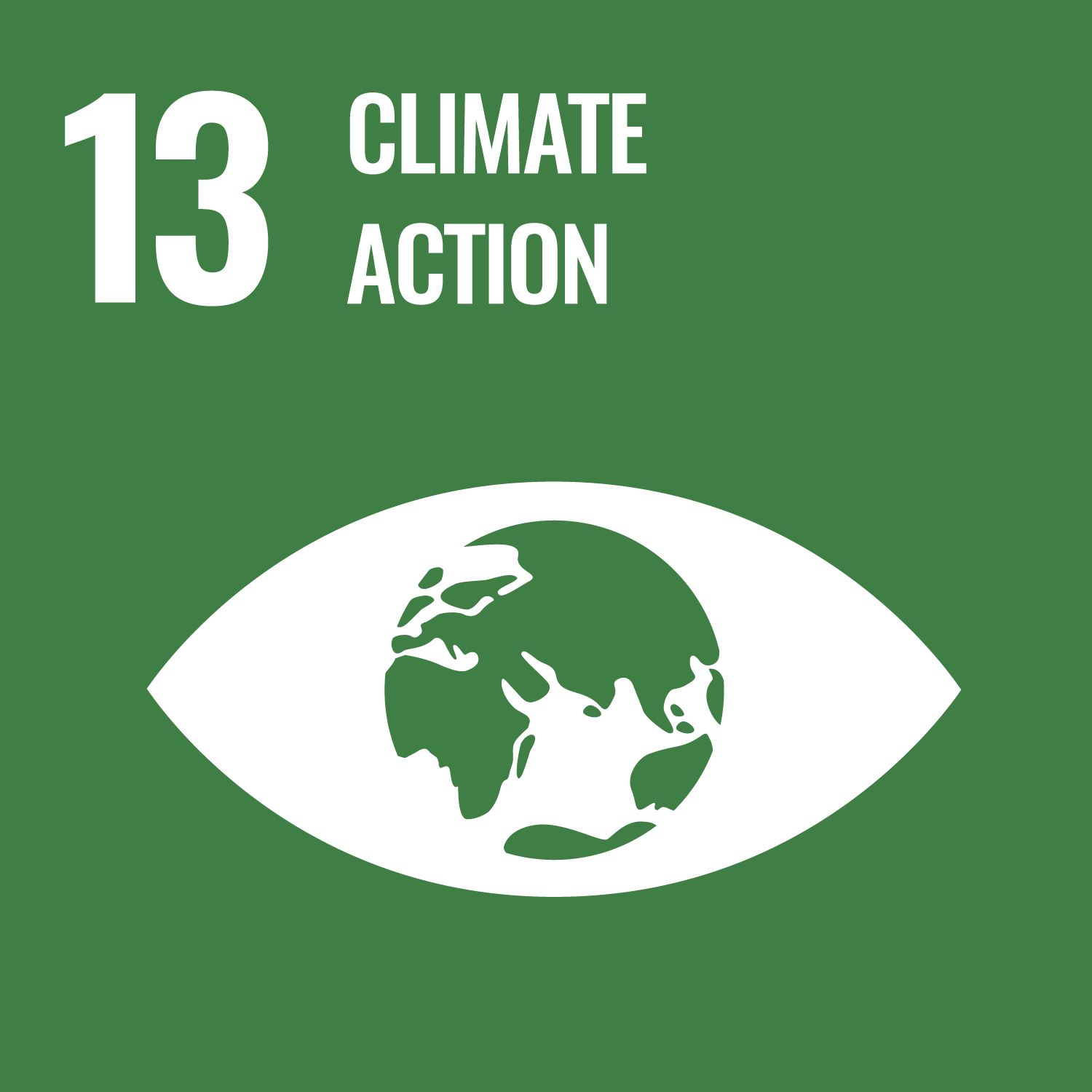ORCID
- Scott J. Davidson: 0000-0001-8327-2121
Abstract
Lakes process large volumes of organic carbon (OC), are important sources of methane (CH4), and contribute to climatic warming. However, there is a lack of data from large lakes >500 km2, which creates uncertainty in global budgets. In this data article, we present dissolved CH4, OC bioreactivity measurements, water chemistry, and algal biovolumes at 11 stations across Lake Mälaren, the third largest (1,074 km2) Swedish lake. Total phosphorus concentrations show that during the study period the lake was classed as mesotrophic/eutrophic. Overall mean CH4 concentration from all stations, sampled five times to cover seasonal variation, was 2.51 μg l−1 (0.98–5.39 μg l−1). There was no significant seasonal variation although ranges were greatest during summer. Concentrations of CH4 were greatest in shallow waters close to anthropogenic nutrient sources, whilst deeper, central basins had lower concentrations. Methane correlated positively with measures of lake productivity (chlorophyll a, total phosphorus), and negatively to water depth and oxygen concentration, with oxygen emerging as the sole significant driver in a linear mixed effects model. We collated data from other lakes >500 km2 (n = 21) and found a significant negative relationship between surface area and average CH4 concentration. Large lakes remain an understudied contributor to the global CH4 cycle and future research efforts should aim to quantify the spatial and temporal variation in their diffusive and ebullitive emissions, and associated drivers.
DOI Link
Publication Date
2023-01-01
Publication Title
Journal of Geophysical Research: Biogeosciences
Volume
128
Issue
8
ISSN
2169-8953
Acceptance Date
2023-08-04
Deposit Date
2023-11-27
Embargo Period
2023-12-06
Recommended Citation
Peacock, M., Davidson, S., Kothawala, D., Segersten, J., & Futter, M. (2023) 'Spatial and Seasonal Variations in Dissolved Methane Across a Large Lake', Journal of Geophysical Research: Biogeosciences, 128(8). Available at: 10.1029/2023jg007668


